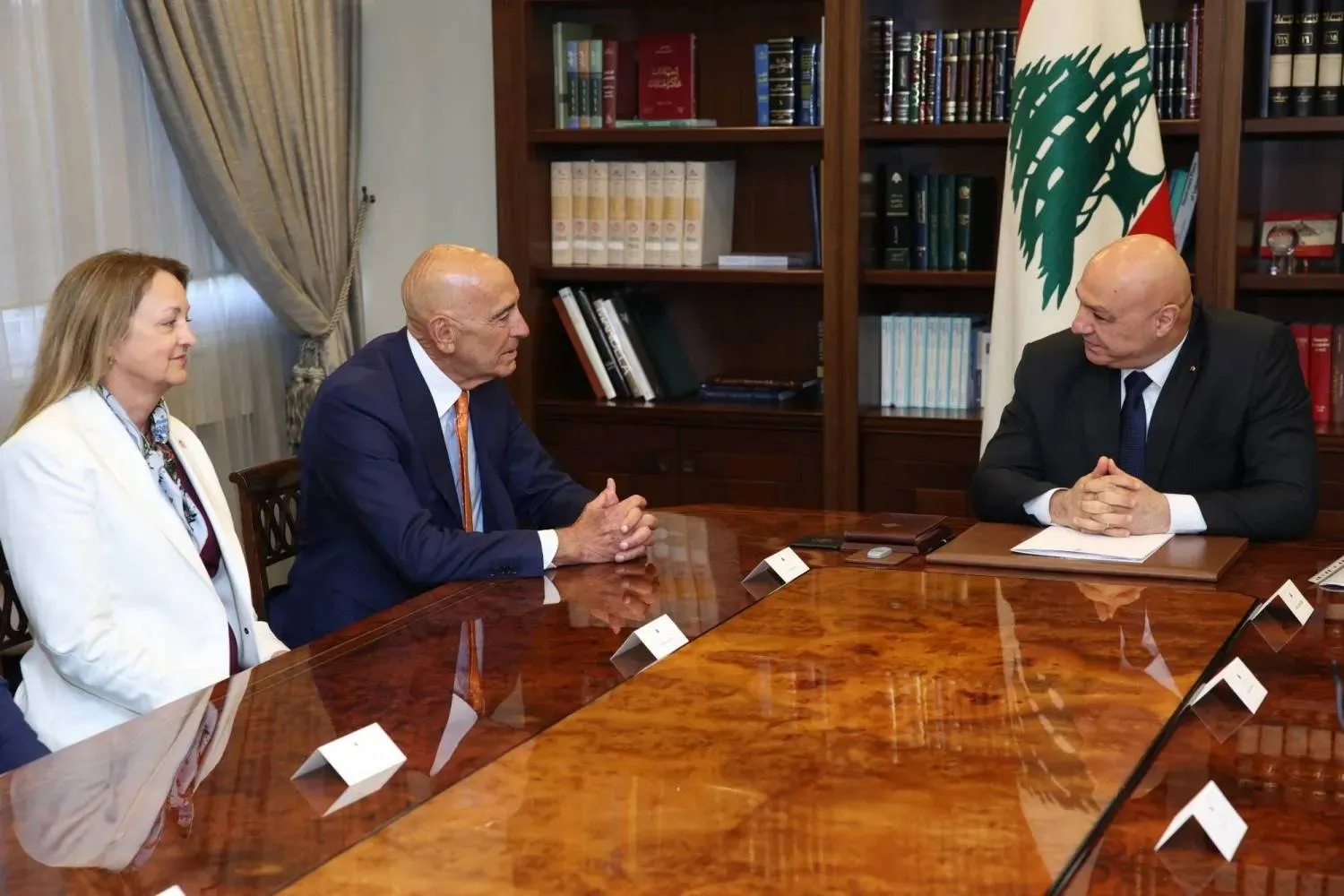Thousands of people are trapped in the city of Rafah in the southern Gaza Strip after Israeli forces encircled part of it on Sunday, Palestinian officials said.
Israel ordered the evacuation of the Tel al-Sultan neighborhood, telling people to leave by a single route on foot to Muwasi, a sprawling cluster of tent camps along the coast.
Thousands fled, but residents said many were trapped by Israeli forces.
The Rafah municipality said Monday that thousands were still trapped, including first responders from the Civil Defense, which operates under the Hamas-run government, and the Palestinian Red Crescent.
Israel blames Hamas
Israel’s defense minister said it is trying to avoid harming civilians as it strikes Hamas in Gaza.
Israel Katz’s statement came nearly a week after Israel ended its ceasefire with Hamas by launching a surprise wave of strikes that killed hundreds of Palestinians, mostly women and children, according to local health officials.
Katz said Monday that “Israel is not fighting the civilians in Gaza and is doing everything that international law requires to mitigate harm to civilians.”
He went on to blame Hamas for any civilian deaths, saying the group “fights in civilian dress, from civilian homes, and from behind civilians,” putting them in danger.
He said Israel would not halt its offensive until Hamas releases all its hostages and is no longer in control of Gaza or a threat to Israel.
Israeli strikes across the Gaza Strip have killed at least 25 Palestinians, including several women and children, according to three hospitals. The strikes come nearly a week after Israel ended its ceasefire with Hamas with a surprise bombardment that killed hundreds.
Al-Ahli Hospital in Gaza City received 11 bodies from strikes overnight into Monday, including three women and four children. One of the strikes killed two children, their parents, their grandmother and their uncle.
Nasser Hospital in the southern city of Khan Younis received seven bodies from strikes overnight and four from strikes the previous day. The European Hospital received three bodies from a strike near Khan Younis.
Gaza’s Health Ministry said Sunday that the Palestinian death toll from the 17-month war has passed 50,000. It has said that women and children make up more than half the dead but does not distinguish between civilians and combatants in its count.
Israel says it has killed some 20,000 fighters, without providing evidence. Hamas-led gunmen killed around 1,200 people, mainly civilians, and abducted 251 people in the Oct. 7, 2023, attack that ignited the war.
‘Traumatized a second time’
Meanwhile, an American trauma surgeon working in Gaza says most of the patients injured in an Israeli attack on the largest hospital in southern Gaza had been previously wounded when Israel resumed airstrikes last week.
Californian surgeon Feroze Sidhwa, who is working with the medical charity MedGlobal, said Monday he had been in the intensive care unit at Nasser Hospital when an airstrike hit surgical wards on Sunday.
Most of the injured had been recovering from wounds suffered in airstrikes last week when Israel resumed the war, he said.
“They were already trauma patients and now they’ve been traumatized for a second time,” Sidhwa, who was raised in Flint, Mich., told Australian Broadcasting Corp.
Sidhwa said he had operated on a man and boy days before who died in the attack.







